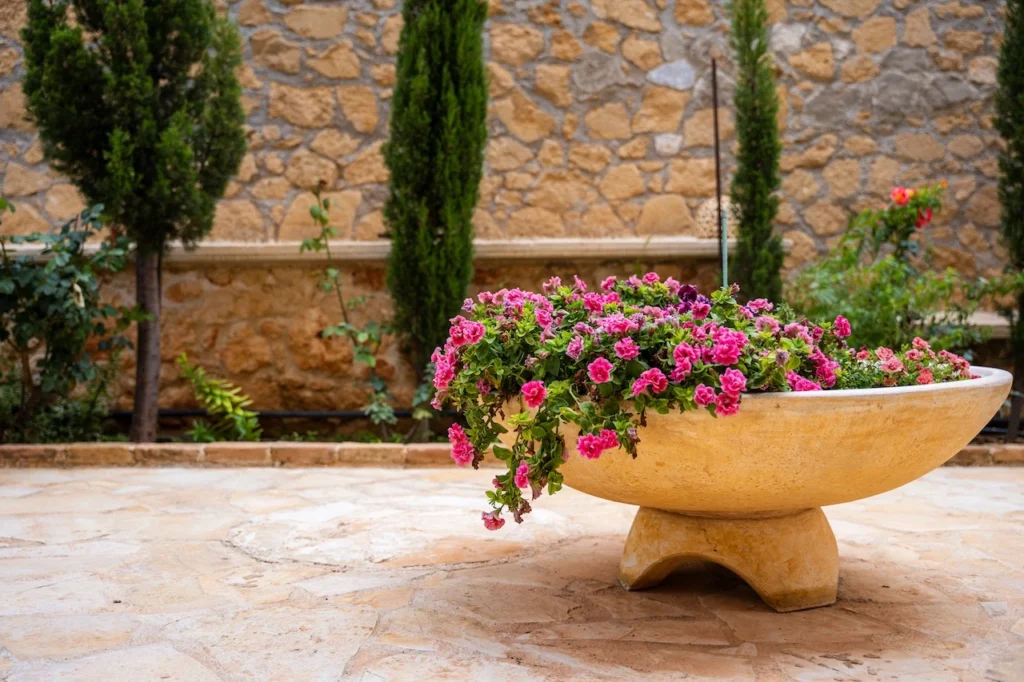10 Traditional Cretan Dishes You Must Try on Your Trip to Crete
Cretan cuisine isn’t just about eating — it’s a cultural ritual, a celebration of nature, history, and heartfelt hospitality. Rooted in simplicity and love for the land, traditional Cretan dishes are shaped by what the island provides: seasonal vegetables, wild herbs, fresh cheeses, and meat or fish from small-scale producers.
The result? Some of the most flavorful and healthy meals in the entire Mediterranean. Whether you’re enjoying a home-cooked dish in a mountain village or dining by the sea, these are the flavors that define Crete.
Traditional Cretan Dishes

Dakos (Cretan Bread Salad)
Dakos is a signature Cretan appetizer that perfectly captures the island’s love for fresh, rustic ingredients. It starts with a barley rusk, known locally as paximadi, which is slightly softened with grated ripe tomato and a generous drizzle of extra virgin olive oil.
On top, you’ll often find creamy mizithra cheese, a soft and slightly tangy local variety, finished with oregano and sometimes olives. The result is a crunchy, juicy, refreshing bite — the very essence of a Cretan summer.
Kalitsounia (Cheese or Herb Pies)
Kalitsounia are delicate little hand-made pies that come in both savory and sweet versions. Filled with either sweet mizithra cheese or wild greens and herbs like fennel or spinach, these pies are baked or fried depending on the region. They often appear during holidays like Easter or at village festivals, but you’ll also find them in bakeries and tavernas year-round. Their melt-in-your-mouth texture and fragrant fillings make them impossible to eat just one.
Antikristo (Slow-Roasted Lamb)
Antikristo is more than a dish — it’s a ritual of mountain life. Whole lamb is carefully prepared and arranged in a circle of metal rods facing an open fire, allowing the meat to cook slowly, evenly, and naturally. This method, whose name means “opposite” or “across,” produces exceptionally tender meat seasoned with nothing but salt and the smoky aroma of the fire. It’s a dish that speaks to Crete’s deep-rooted connection to shepherding and simple, primal flavors.
Boureki (Zucchini & Potato Bake)
Especially popular in the Chania region, boureki is a comforting vegetarian dish layered with thin slices of zucchini and potato, local mizithra or graviera cheese, fresh mint, and a generous pour of olive oil. Some versions also include pastry, while others are crustless. Once baked to golden perfection, it becomes a rich, creamy, herb-scented masterpiece — a favorite on summer tables across western Crete.
Staka (Cretan Butter Sauce)
Staka is a uniquely Cretan delicacy made from the cream skimmed off goat or sheep milk, which is slowly heated and stirred into a thick, buttery sauce. It’s not something you’ll find everywhere — but when you do, it’s usually on a special occasion. You might enjoy it with eggs (staka me avga) or with pilafi, a Cretan rice dish often served at weddings. Rich and indulgent, it’s a true expression of local pride and celebration.
Fasolakia & Other Ladera
Ladera are the backbone of traditional Cretan home cooking. Named after the word for “oil” (ladi), these dishes are all about fresh vegetables cooked slowly in olive oil and tomato. Fasolakia, or green beans in tomato sauce, is the most common, but you’ll also find briam — a Cretan version of ratatouille — and okra, eggplants, or zucchini done in the same style. They are healthy, plant-based, and full of sunshine flavor, often enjoyed with fresh bread and a slice of local cheese.
Apaki (Smoked Pork)
Apaki is Crete’s answer to gourmet charcuterie. Made from lean cuts of pork, it’s marinated in vinegar and then smoked over aromatic herbs like oregano, thyme, and sage. The result is a flavorful, slightly tangy meat that’s often sliced thin and served alongside raki as part of a meze platter. You might also find it tossed into a salad, wrapped in flatbread, or stirred into an omelet. However it’s served, it’s one of the island’s best-kept culinary secrets.
Tsigariasto (Braised Goat or Lamb)
Tsigariasto is a classic dish you’ll find in mountain tavernas, especially in western Crete. Goat or lamb is slow-cooked in olive oil — sometimes with onion or herbs, but often with no other seasoning than salt and time. The result is incredibly tender meat with a rich, comforting depth of flavor. Served with fried potatoes or rustic bread, it’s the kind of dish that locals order again and again, especially in villages like Theriso, Zourva, or even Kontomari.
Xerotigana & Loukoumades (Cretan Desserts)
No meal in Crete is truly complete without a little sweetness at the end. Xerotigana are thin strips of dough fried into spirals or ribbons and drenched in honey and crushed walnuts — festive, crispy, and addictive. Loukoumades, on the other hand, are golden dough balls fried until light and airy, then soaked in syrup or honey. Both are traditionally served at weddings and religious festivals, but lucky visitors can find them year-round in pastry shops or village cafes.

Raki (Tsikoudia)
Raki, also known as tsikoudia, is not technically a dish, but it’s an inseparable part of Cretan food culture. This clear grape-based spirit is served at the end of almost every meal — not just as a drink, but as a gesture of hospitality. It’s strong, often homemade, and always offered with a smile. Refusing raki is considered rude in many villages, but no one will mind if you just take a sip. What matters is sharing the moment.
Where to Eat Traditional Food in Western Crete
To truly experience these dishes, skip the tourist strips and head inland or along the smaller coastal villages. In western Crete, places like Maleme, Kissamos, and Kontomari are home to family-run tavernas that take pride in traditional cooking. Restaurants like Taverna Vatalos near Elafonisi, To Kaniski in Kissamos, or Mitsos Taverna in the Platanias area are just a few worth seeking out.
Even more special is the chance to dine at a small village kafenio, where the menu may not be written down, but the flavors are unforgettable. And if you’re staying in a villa, don’t miss the chance to cook your own Cretan meal using ingredients from local open-air markets. The tomatoes, herbs, cheeses, and olive oils you’ll find there are the foundation of real Cretan cooking.

Stay Where the Real Food Lives: Giovanta Villa
For travelers who want to go beyond restaurant menus and actually live the flavors of Crete, staying in the right place matters. Giovanta Villa, located in the peaceful village of Kontomari near Chania, gives you that perfect opportunity. This luxury five-bedroom villa offers a full kitchen and BBQ area where you can try your hand at making dakos or grilled lamb. It’s also within walking or driving distance of local farms, tavernas, and food markets.

Evenings are best spent under the olive trees with a homemade dish, a glass of wine, and the scent of herbs in the air. It’s not just about where you sleep — it’s about where you taste, gather, and celebrate life the Cretan way. You can book directly at giovantavilla.com and begin your culinary experience right at the source.
Final Thoughts
Crete is more than a sunny island — it’s a place where food tells stories, where recipes are memories, and where every dish connects you to a person, a season, or a celebration. From mountain lamb slow-cooked with nothing but olive oil to honey-drenched desserts passed around a festival table, every meal is an invitation to slow down and savor the moment. So when you visit, eat slowly, ask questions, try everything, and never say no to dessert — or to that glass of raki that always seems to arrive just when the conversation gets good. Καλή όρεξη!

